Home>Garden Essentials>How Many Sunflower Seeds Per Plant
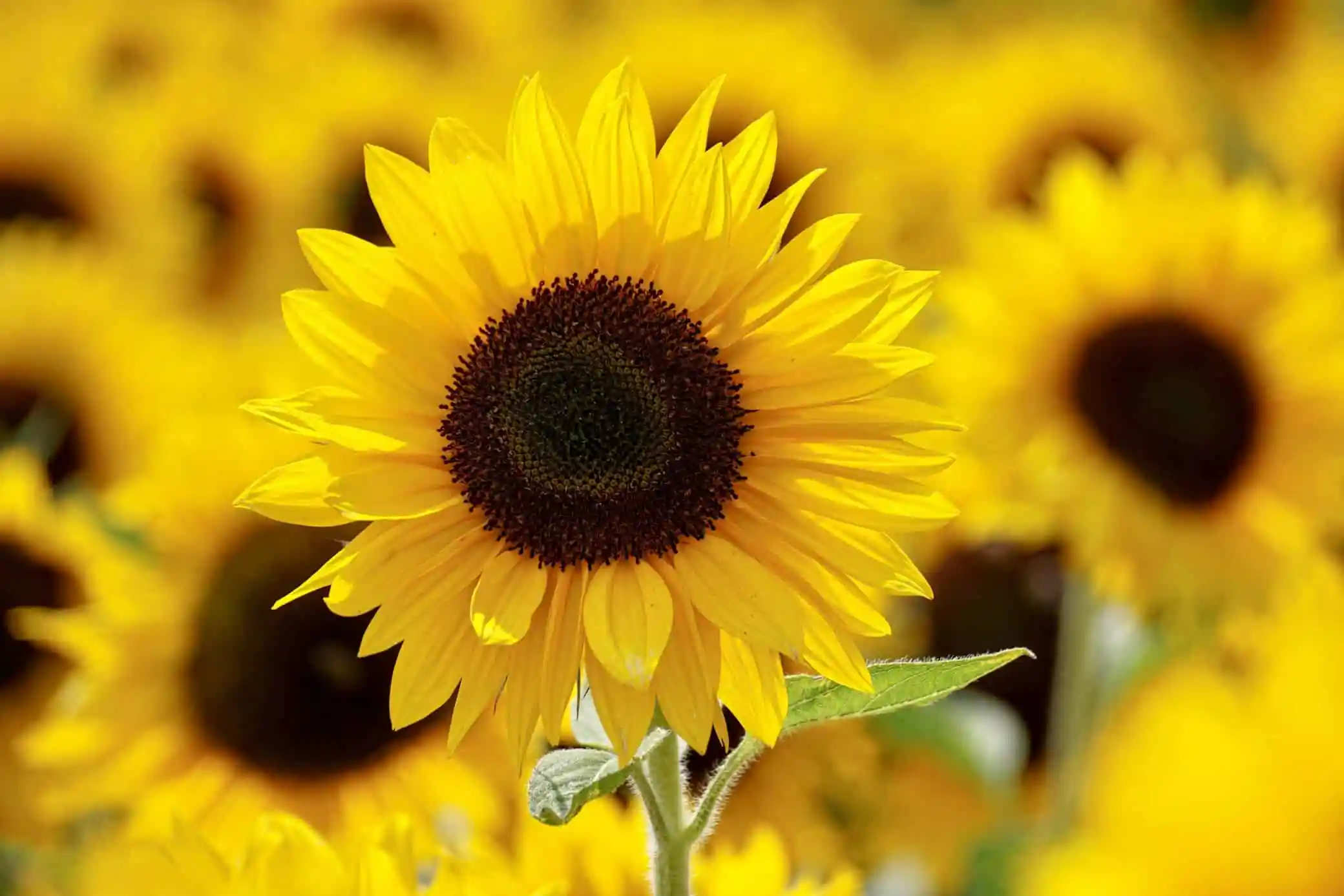

Garden Essentials
How Many Sunflower Seeds Per Plant
Modified: August 16, 2024
Learn how many sunflower seeds you can expect from each plant in your garden. Get the best tips for growing healthy sunflowers and maximizing your harvest.
(Many of the links in this article redirect to a specific reviewed product. Your purchase of these products through affiliate links helps to generate commission for Storables.com, at no extra cost. Learn more)
Introduction
Welcome to the exciting world of sunflowers! These bright and cheerful flowers have captured the hearts of garden enthusiasts and aspiring green thumbs alike. In addition to their stunning beauty, sunflowers also offer a bountiful harvest of seeds that can be used for cooking, snacking, or even starting your own sunflower patch.
In this article, we will delve into the fascinating journey of a sunflower plant, from its growth and development to the formation of the much-anticipated sunflower seeds. We will explore the factors that influence seed production and discuss the average number of sunflower seeds per plant. So, grab a cup of tea, sit back, and let’s embark on this educational adventure!
Sunflowers, scientifically known as Helianthus annuus, are native to North America but have gained popularity in gardens all around the world. They are known for their tall stature, with some varieties reaching heights of up to 12 feet. The large, vibrant flowerheads are composed of hundreds of tiny individual flowers called florets, which come in various shades of yellow, orange, and even red.
While many people are familiar with the ornamental value of sunflowers, it is their seeds that hold the most fascination. Sunflower seeds are a nutrient-dense snack, packed with essential vitamins, minerals, and healthy fats. They are enjoyed as a quick energizing snack, used in cooking and baking, or even ground into sunflower seed butter as a delicious alternative to peanut butter.
But have you ever wondered how many sunflower seeds a single sunflower can produce? The answer is not as straightforward as you might think. The number of seeds per plant can vary depending on various factors such as environmental conditions, seed size, and genetic traits of the specific variety.
In the next sections, we will dive deeper into the growth and development of sunflower plants, explore the flowering and pollination process, and unravel the mystery behind the formation of sunflower seeds. So, let’s get started!
Key Takeaways:
- Sunflowers can produce 500 to 1,000 seeds per flowerhead, but factors like genetics and pollination affect the actual number. Choosing high-yielding varieties and promoting pollination can increase seed production.
- To increase sunflower seed production, select the right varieties, prepare the soil, optimize spacing, provide water and nutrients, and enhance pollination. Monitoring pests and diseases is also crucial for a bountiful harvest.
Read more: How Many Tomato Seeds To Plant Per Hole
Growth and Development of Sunflower Plants
Sunflowers are annual plants that complete their life cycle within one growing season. The growth and development of sunflower plants can be divided into several distinct stages, each marked by specific changes and milestones.
The first stage of a sunflower plant’s life begins with the germination of the seed. Sunflower seeds are typically sown directly into the soil in spring when the danger of frost has passed. The seeds require warm soil temperatures, ideally around 60-70°F, for successful germination. Within a week or two, the seeds will sprout, and tiny seedlings will emerge from the soil.
As the seedlings continue to grow, they develop a strong taproot that enables them to anchor themselves firmly into the ground. The leaves gradually unfold, displaying their iconic heart-shaped appearance. The plants start to produce true leaves that are broader and longer than the initial seedling leaves.
Once the sunflower plants have established their root system and leaves, they enter the vegetative growth phase. During this phase, the plants focus on building their structure and developing foliage. The stems of sunflowers elongate rapidly, and the leaves grow larger and abundant. This growth is fueled by the absorption of water, sunlight, and nutrients from the soil.
With the onset of summer, sunflower plants prepare for the reproductive phase. They begin to form buds at the tips of the stems, which will eventually develop into the vibrant flowerheads that we all adore. These flowerheads are formed by a tightly arranged spiral pattern of smaller individual flowers called florets.
As the sunflower plant continues to grow, it will produce multiple branches, each with its own flowerhead. The number of branches and flowerheads can vary depending on the variety and growing conditions. Some sunflower plants may produce a single large flowerhead, while others may have multiple smaller flowerheads.
During this stage, it is crucial to provide the sunflower plants with proper care and maintenance. Regular watering, especially during dry periods, is essential to support optimal growth. Additionally, applying a balanced fertilizer can provide the necessary nutrients for robust development and sturdy stems.
With the flowers in full bloom, bees, butterflies, and other pollinators play a vital role in the sunflower reproductive process. They transfer pollen from the male florets, located in the center of the flowerhead, to the female florets on the outer edges. This pollination process is crucial for the successful development of sunflower seeds.
Once pollination occurs, the petals of the sunflower flowerhead start to wither and fall off, revealing the developing seeds. These seeds will undergo further maturation, gradually changing from green to their characteristic black and white stripes. The drying process can take several weeks, during which the sunflower plant begins to focus its energy on the maturation of the seeds.
Now that we have explored the growth and development of sunflower plants, let’s dive deeper into the fascinating process of flowering and pollination in the next section.
Flowering and Pollination Process
The flowering stage is one of the most captivating phases in the life of a sunflower plant. It is during this stage that the vibrant and iconic flowerheads begin to bloom, attracting various pollinators and setting the stage for the formation of sunflower seeds.
The sunflower plant produces flowerheads that consist of two types of florets: disk florets and ray florets. The disk florets are located at the center of the flowerhead and are responsible for producing pollen, while the ray florets surround the disk florets and are sterile. It is the disk florets that play a crucial role in the pollination process.
When the flowerheads are fully open, they expose their disk florets to the sun, hence the name “sunflower.” The disk florets contain both male and female reproductive structures, making sunflowers capable of self-pollination. However, sunflowers primarily rely on cross-pollination, which occurs when pollen is transferred from one flower to another.
Various insects and animals are attracted to the bright yellow petals and the nutritious supply of pollen and nectar within the flowerheads. Bees, butterflies, and even birds can be seen fluttering between the flowers, helping to transfer pollen in the process. The movement of these pollinators from one sunflower plant to another is crucial for the genetic diversity and successful reproduction of sunflowers.
During pollination, insects and birds visit multiple flowers, picking up and depositing pollen as they move. The pollen attaches to their bodies, particularly on the hairy parts, like the legs and body. As they visit the next flower, some of the pollen grains get transferred to the stigma, the receptive part of the female reproductive structure called the pistil.
Once the pollen grains reach the stigma, they start to germinate and grow down through the style of the pistil towards the ovary. This process triggers fertilization, where the male pollen combines with the female ovule to form a seed. This intricate dance between pollinators and sunflowers ensures the continuation of their species.
As the fertilized seeds begin to develop, the flowerhead will slowly fade and wither away. The attention shifts from the bright, showy flowers to the maturing seeds hiding within. These seeds will undergo further maturation and drying, transitioning from their green state to the iconic black and white-striped shell that we associate with sunflower seeds.
The flowering and pollination process is not only visually stunning but also crucial for the successful formation of sunflower seeds. The intricate dance between sunflowers and their pollinators serves as a reminder of the interconnectedness of nature and the importance of biodiversity in sustaining our ecosystems.
In the next section, we will explore the fascinating journey of sunflower seeds, from their formation within the flowerhead to their ultimate harvest. So, let’s dig deeper into the mystery of sunflower seed production!
Formation of Sunflower Seeds
The formation of sunflower seeds is a remarkable process that occurs within the flowerhead of the sunflower plant. As the flowerhead matures and undergoes fertilization, the seeds begin to develop within the protective structure known as the ovary.
As the pollen grains make their way down the style and reach the ovary, they fertilize the ovule, which is the female reproductive structure within the flower. This fertilization triggers the development of the ovule into a seed. Each ovule has the potential to become a single seed.
Within the ovary, the fertilized ovules start to undergo transformative changes. The outer ovary wall thickens and hardens to form the seed coat, which provides protection to the developing seed within. The seed coat takes on its characteristic black and white-striped appearance, which is a unique feature of sunflower seeds.
Inside the seed coat, the embryo starts to develop. It consists of the plant’s basic structures, including the embryonic leaves (cotyledons), the shoot apical meristem (which forms the stem and leaves), and the radicle (the embryonic root that will grow downward upon germination).
As the embryo develops, it becomes surrounded by a nutrient-rich tissue called the endosperm. The endosperm provides essential nutrients and energy to the growing embryo, ensuring its proper nourishment and development until it can establish its own root system after germination.
Simultaneously, other parts of the flowerhead undergo changes as well. The petals wither and fall away, revealing the developing seeds. The disk florets, which were responsible for the production of pollen, also start to wither as their part in the reproductive process comes to an end.
The seeds continue to mature and develop within the flowerhead as the plant focuses its energy on supporting seed growth. Adequate sunlight, water, and nutrients are crucial during this period to ensure optimal seed development.
As the seeds near full maturity, their characteristic black and white-striped seed coat becomes more pronounced. The plant prepares for seed dispersal, a vital part of their life cycle that allows them to find new areas for germination and growth.
As the flowers dry out and the seeds reach maturity, the back of the flowerhead bends downwards, allowing the seeds to be exposed to the sun and wind. This change in posture facilitates the dispersal of the seeds. The sunflower seeds, fully developed and packed with nutrients, are now ready for harvest.
The formation of sunflower seeds is a wondrous process, combining intricate reproductive mechanisms and the nurturing of the developing embryo. It highlights the incredible ability of plants to reproduce and create new life.
In the next section, we will explore the factors that can influence the seed production of sunflower plants and the average number of sunflower seeds per plant. So, let’s continue our journey into the world of sunflowers!
Factors Affecting Sunflower Seed Production
The production of sunflower seeds can be influenced by various factors, both environmental and genetic. Understanding these factors is essential for optimizing seed production and maximizing yields. Let’s explore some key factors that can impact sunflower seed production.
1. Genetic Traits: Different sunflower varieties possess varying genetic traits that can affect seed production. Some varieties are specifically bred for larger seed production, while others prioritize higher oil content. It is important to choose varieties that are well-suited to your growing conditions and desired seed characteristics. Additionally, hybrid varieties may exhibit superior yields compared to open-pollinated varieties.
2. Environmental Conditions: Sunflowers thrive in warm and sunny climates, with optimal growth occurring when daytime temperatures range between 70-90°F. Adequate moisture throughout the growing season is crucial, with sunflowers requiring approximately 20-25 inches of water during their lifecycle. The availability of nutrients in the soil, such as nitrogen, phosphorus, and potassium, also impacts seed production.
3. Pollination: As mentioned earlier, sunflowers primarily rely on cross-pollination for successful seed development. The presence of pollinators, such as bees and butterflies, is crucial in ensuring adequate transfer of pollen between flowers. Lack of pollinators or unfavorable weather conditions during bloom time can hinder pollination and reduce seed set.
4. Pest and Disease Pressure: Sunflowers can be susceptible to various pests and diseases that can negatively impact seed production. Common pests include aphids, caterpillars, and birds that may feed on the seeds. Additionally, diseases like downy mildew and sunflower rust can affect the overall health and yield of the plant. Implementing pest management strategies and disease prevention measures is essential to mitigate these risks.
5. Weed Competition: Competing weeds can pose a significant challenge to sunflower seed production. Weeds compete for essential resources, such as nutrients, water, and sunlight, which can affect the growth and development of sunflowers. Proper weed control methods, such as regular cultivation, mulching, or the use of herbicides, are crucial to minimize weed competition and maximize seed production.
6. Planting Density: The spacing and density at which sunflower plants are grown can impact seed production. Overcrowded plants may compete for resources and result in smaller flowerheads and reduced seed set. Conversely, spacing the plants too far apart may result in underutilized growing space. It is important to follow recommended planting guidelines to optimize seed production.
7. Timing of Planting: The timing of planting can also affect seed production. It is important to consider the frost-free dates in your region and plan the planting accordingly. Starting the seeds too early or too late in the season can expose the plants to unfavorable weather conditions, affecting their growth, pollination, and seed development.
By considering and managing these factors, growers can improve sunflower seed production and achieve desirable yields. However, it is important to remember that specific results may vary due to the unique combination of factors in each growing environment.
In the next section, we will explore the average number of sunflower seeds per plant and the variability in seed yield. So, let’s dive into the fascinating world of sunflower seed production!
To estimate the number of sunflower seeds per plant, count the number of flower heads and then multiply by the average number of seeds per head, which is typically around 800 to 1,600 seeds.
Read more: How To Plant Sunflower Seed
Average Number of Sunflower Seeds per Plant
The average number of sunflower seeds per plant can vary depending on several factors, including genetic traits, environmental conditions, and cultural practices. While it is challenging to provide an exact number, we can provide a general range to give you a better understanding.
On average, a mature sunflower plant can produce anywhere from 500 to 1,000 seeds per flowerhead. However, this number can fluctuate based on factors such as the variety of sunflower, growing conditions, and pollination success.
Certain sunflower varieties are specifically bred for high seed production, and these can yield more seeds per plant compared to other varieties. These varieties often have large flowerheads and a greater number of florets, resulting in a higher yield of seeds.
Environmental conditions also play a significant role in determining the number of seeds per plant. Sunflowers require ample sunlight and warmth to thrive. Adequate water supply during critical stages of growth, such as flowering and seed development, is necessary to support optimal seed production. Insufficient sunlight, extreme heat, or prolonged drought can adversely affect seed set and reduce the overall number of seeds per plant.
Pollination is another essential factor in determining the number of seeds per plant. Cross-pollination, facilitated by pollinators like bees and butterflies, is crucial for the transfer of pollen between flowers. Insufficient pollination can result in lower seed set and a decrease in the average number of seeds per plant. Therefore, it is important to ensure a healthy population of pollinators and provide an inviting environment for them in your garden.
It is also worth noting that sunflowers may produce multiple flowerheads per plant, each capable of producing seeds. The number of flowerheads per plant can vary depending on the variety and growing conditions. Some sunflower plants may have a single large flowerhead, while others may produce multiple smaller flowerheads, thereby increasing the potential seed yield.
Ultimately, it is important to keep in mind that the average number of seeds per plant is just an approximation. The actual yield can vary depending on the combination of factors at play in your specific growing situation. However, by selecting high-yielding varieties, providing optimal growing conditions, encouraging pollinators, and implementing good cultural practices, you can increase the chances of achieving a plentiful harvest of sunflower seeds.
In the next section, we will delve into the variability in sunflower seed yield and explore ways to increase the production of these nutritious and delicious seeds. So, let’s continue our sunflower seed journey!
Variability in Sunflower Seed Yield
When it comes to sunflower seed yield, there can be significant variability due to a range of factors. Understanding and managing this variability is crucial for achieving consistent and high-quality seed production.
Genetic variability is one of the primary drivers of seed yield differences among sunflower plants. Different varieties have distinct genetic traits that influence their capacity for seed production. Some varieties are specifically bred for high yields, while others may prioritize other characteristics like oil content or disease resistance. It’s important to select varieties that are known for their favorable performance in terms of seed yield.
Environmental factors also play a significant role in the variability of sunflower seed yield. Sunflowers require specific conditions to thrive, including warm temperatures, ample sunlight, and adequate moisture. Variations in these environmental factors can affect the growth, development, and overall productivity of sunflower plants. Factors such as temperature fluctuations, drought stress, excessive rainfall, or extreme weather events can impact seed set, leading to variability in seed yield.
Soil quality and nutrient availability are additional factors contributing to variability in seed yield. Sunflowers require nutrient-rich soil to support their growth and development. A nutrient deficiency or imbalance can result in reduced seed production. Conducting soil tests and providing appropriate fertilization based on the results can help optimize nutrient levels and promote consistent yields.
Pollination success also impacts the variability in sunflower seed yield. Cross-pollination, facilitated by pollinators like bees and butterflies, is crucial for the transfer of pollen between flowers and subsequent seed development. Factors that affect pollinator activity, such as the abundance of flowering plants nearby or the use of pesticides harmful to pollinators, can impact the efficiency of pollination and result in variation in seed yield.
Additionally, cultural practices and management decisions can influence the variability in seed yield. Adequate spacing between plants, proper irrigation practices, timely and appropriate application of fertilizers and pest management strategies, and regular monitoring for diseases and pests can all contribute to more consistent and higher seed yields.
It’s important to recognize that variability in seed yield is a natural aspect of agricultural production. Even with ideal conditions and careful management, there will always be some variation in the ultimate yield of sunflower seeds. Therefore, it is important to set realistic expectations and focus on implementing best practices to maximize productivity within the given constraints.
In the next section, we will discuss strategies and tips for increasing sunflower seed production. By applying these techniques, you can enhance the likelihood of achieving higher yields and more consistent results. So, let’s continue our journey towards boosting sunflower seed yield!
Increasing Sunflower Seed Production
If you’re looking to increase sunflower seed production, there are several strategies and practices you can implement to enhance yield and maximize your harvest. By optimizing growing conditions, promoting pollination, and implementing proper management techniques, you can improve your chances of achieving higher sunflower seed production. Here are some tips to help you increase your yields:
1. Select high-yielding varieties: Start by choosing sunflower varieties that are known for their high seed production. Look for hybrids or improved varieties that have been bred for superior yield potential. These varieties are often selected for their genetic traits that contribute to optimal seed development and higher yields.
2. Prepare the soil: Prior to planting, ensure your soil is well-prepared. Conduct a soil test to determine its nutrient profile and pH level. Sunflowers thrive in well-drained, loamy soil with a pH between 6.0 and 7.5. Incorporate organic matter, such as compost or aged manure, to improve soil fertility and structure.
3. Plant at the right time: Timing is crucial for sunflower seed production. Sow seeds when the soil temperature reaches at least 50°F to promote optimal germination. Aim to plant sunflowers after the risk of frost has passed and when the weather is consistently warm. This will provide the plants with ample time to develop and produce seeds.
4. Optimize spacing: Proper spacing between sunflower plants is important to prevent overcrowding and promote healthy growth. Follow the spacing recommendations for the specific variety you are planting. A general guideline is to leave around 2 to 3 feet of space between individual plants to allow for sufficient sunlight penetration and airflow.
5. Provide adequate water: Sunflowers require consistent moisture throughout their growing period, especially during flowering and seed development. Irrigate the plants regularly, ensuring the soil remains evenly moist. Avoid excessive watering, which can lead to waterlogged soil and adversely affect seed production.
6. Enhance pollination: Encourage pollinators to visit your sunflowers by planting pollinator-attracting flowers nearby or creating a pollinator-friendly garden. Bees, butterflies, and other insects play a vital role in fertilizing the flowers and promoting the development of sunflower seeds. Minimize the use of pesticides harmful to pollinators to protect their populations.
7. Monitor pests and diseases: Regularly inspect your sunflower plants for signs of pests or diseases that can negatively impact seed production. Implement integrated pest management strategies, such as using beneficial insects or targeted organic pesticides, to minimize damage. Promptly address any disease outbreaks to prevent them from spreading to other plants.
8. Implement proper fertilization: Sunflowers have specific nutrient requirements, particularly for nitrogen, phosphorus, and potassium. Apply balanced fertilizers based on soil test recommendations or consult with a local agricultural extension office for guidance. Adequate nutrition will support vegetative growth, strong flower development, and ultimately, higher seed yields.
9. Harvest at the right time: Harvesting sunflower seeds at the optimal stage of maturity is crucial. Wait until the flowerheads have fully matured, and the back of the flowerheads turn brown and dry. The seeds should feel firm and have a black and white-striped appearance. Harvest the heads by cutting them with a sharp tool, leaving a small portion of the stem attached for easier handling and drying.
By implementing these strategies and best practices, you can increase sunflower seed production and enjoy a more abundant harvest. Remember to tailor your approach based on your specific growing conditions and local climate. With proper care and attention, you’ll be rewarded with healthy, thriving sunflower plants and an abundance of delicious seeds.
Now, armed with these tips, go forth and watch your sunflower seed production flourish!
Validate your HTML document and check your word count again!
Conclusion
Sunflowers are captivating plants that not only delight us with their vibrant blooms but also offer a bountiful harvest of nutritious and delicious seeds. Understanding the growth and development of sunflower plants, the process of flowering and pollination, and the formation of sunflower seeds allows us to appreciate the intricate journey these plants undergo.
While the average number of sunflower seeds per plant can vary depending on factors such as genetics, environmental conditions, and pollination success, it is safe to say that a mature sunflower plant can produce anywhere from 500 to 1,000 seeds per flowerhead. However, it’s important to note that significant variability exists, influenced by genetics, environmental factors, and cultural practices.
To increase sunflower seed production, selecting high-yielding varieties, preparing the soil adequately, optimizing spacing, providing adequate water and nutrition, enhancing pollination, and managing pests and diseases are important considerations. Monitoring and addressing these factors can help maximize seed production and ensure healthy, thriving sunflower plants.
As you embark on your sunflower seed production journey, remember that each growing environment is unique, and results may vary. Adapt these strategies to suit your specific conditions, and don’t be afraid to experiment and learn along the way.
By nurturing sunflower plants and fostering a favorable environment, you’ll witness the incredible transformation from captivating flowers to mature seedheads. Harvesting these seeds at the right time and enjoying the fruits of your labor will be a fulfilling and rewarding experience.
So, whether you’re growing sunflowers for their beauty, their nutritious seeds, or both, embrace the joy that these remarkable plants bring. Let the sunflowers brighten your garden, provide sustenance for pollinators, and reward you with a plentiful harvest of nature’s golden gems – sunflower seeds.
Now, armed with knowledge and a touch of green thumb, go forth and let your sunflowers flourish!
Don’t forget to validate the HTML document and double-check the word count!
Frequently Asked Questions about How Many Sunflower Seeds Per Plant
Was this page helpful?
At Storables.com, we guarantee accurate and reliable information. Our content, validated by Expert Board Contributors, is crafted following stringent Editorial Policies. We're committed to providing you with well-researched, expert-backed insights for all your informational needs.
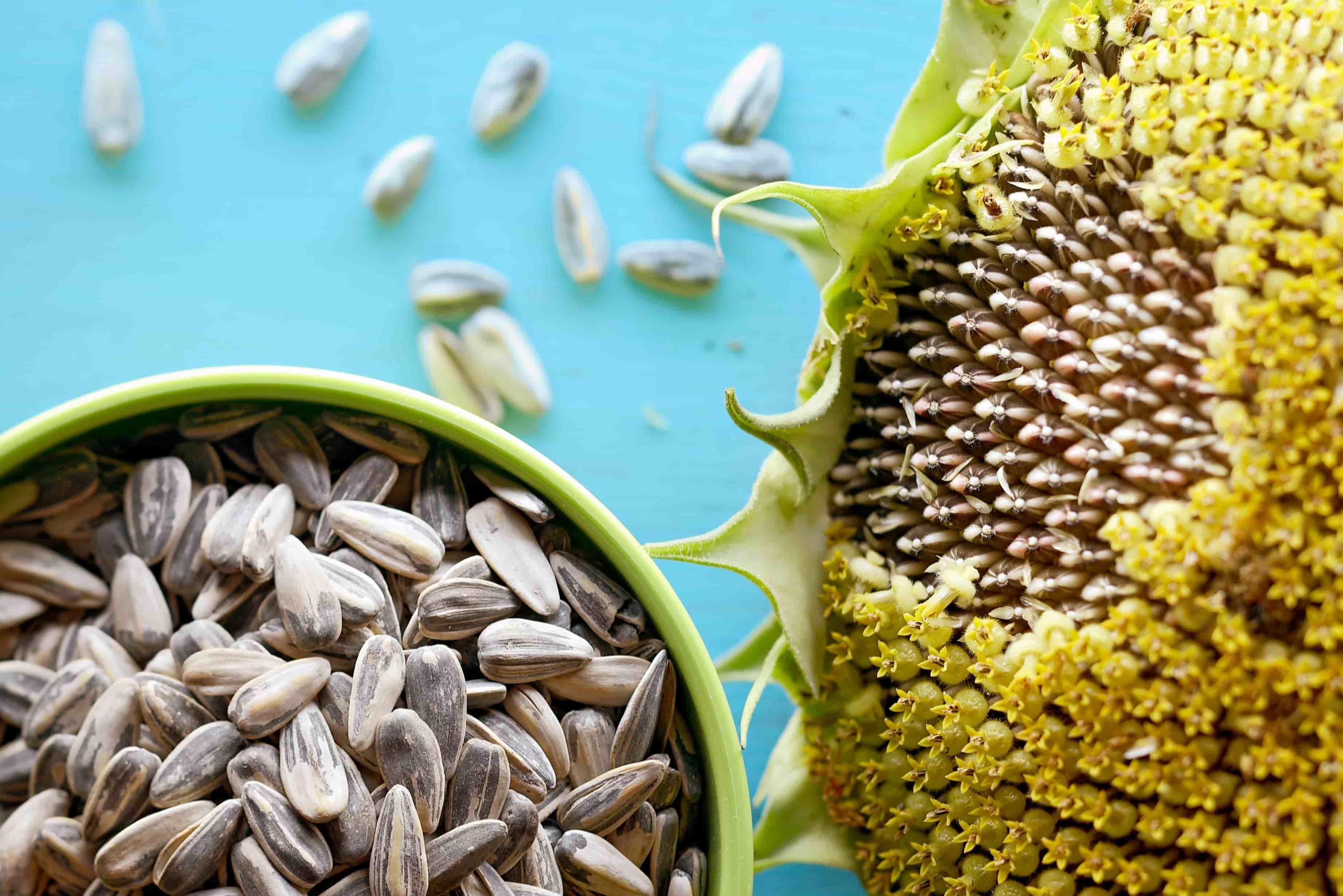
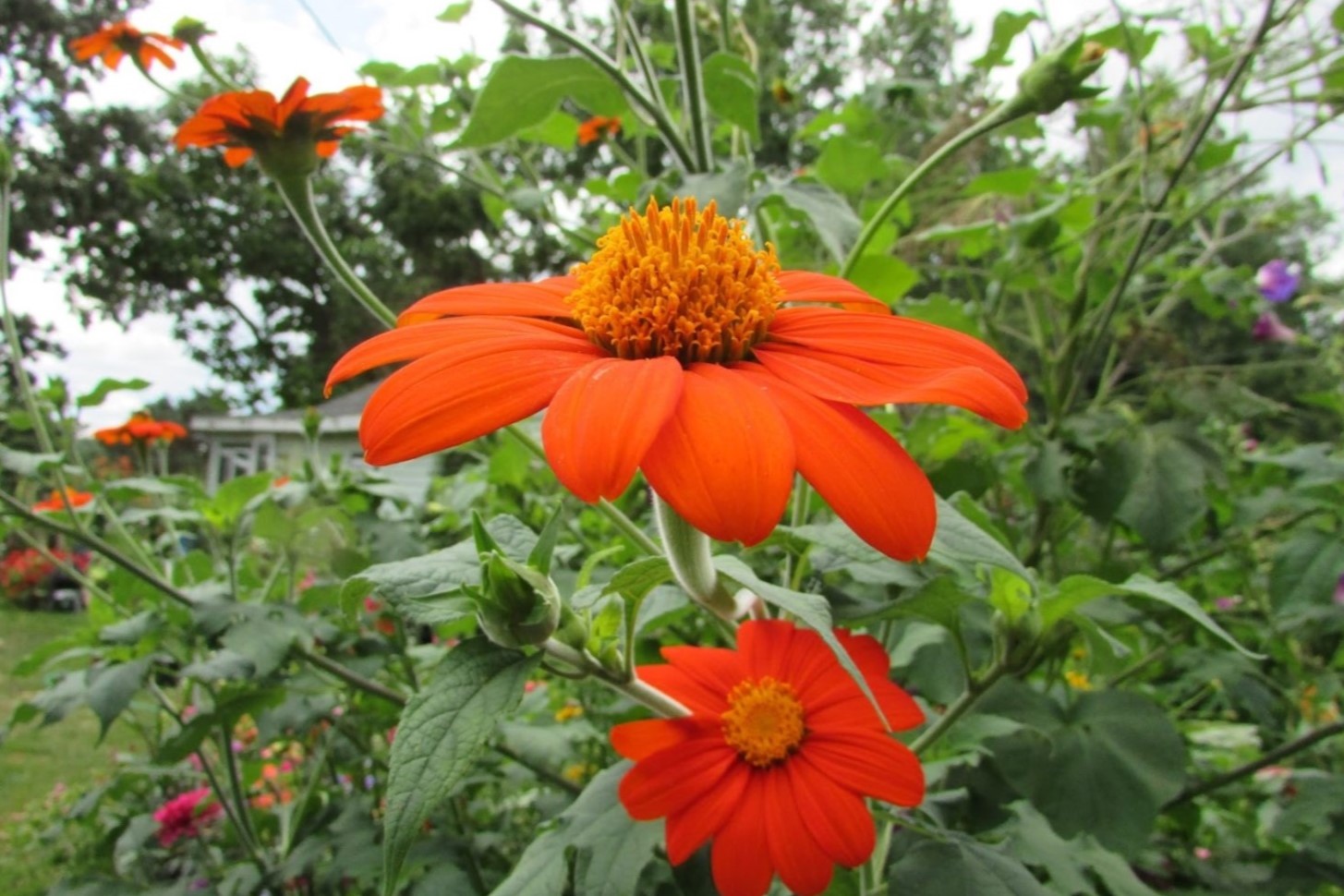
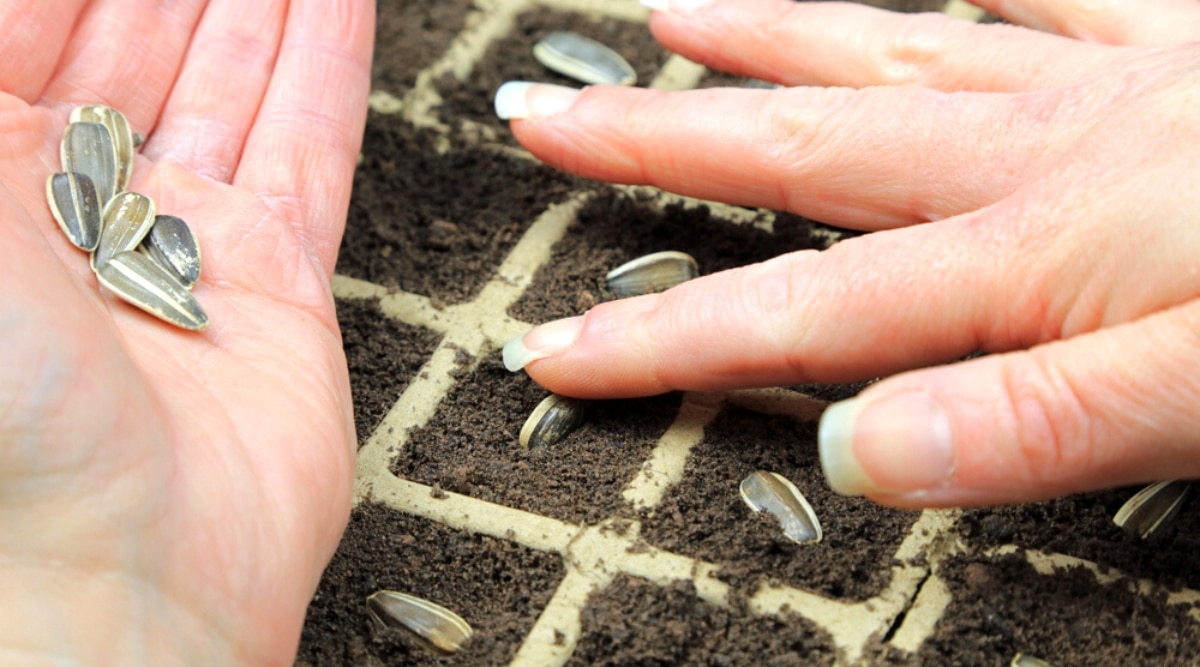
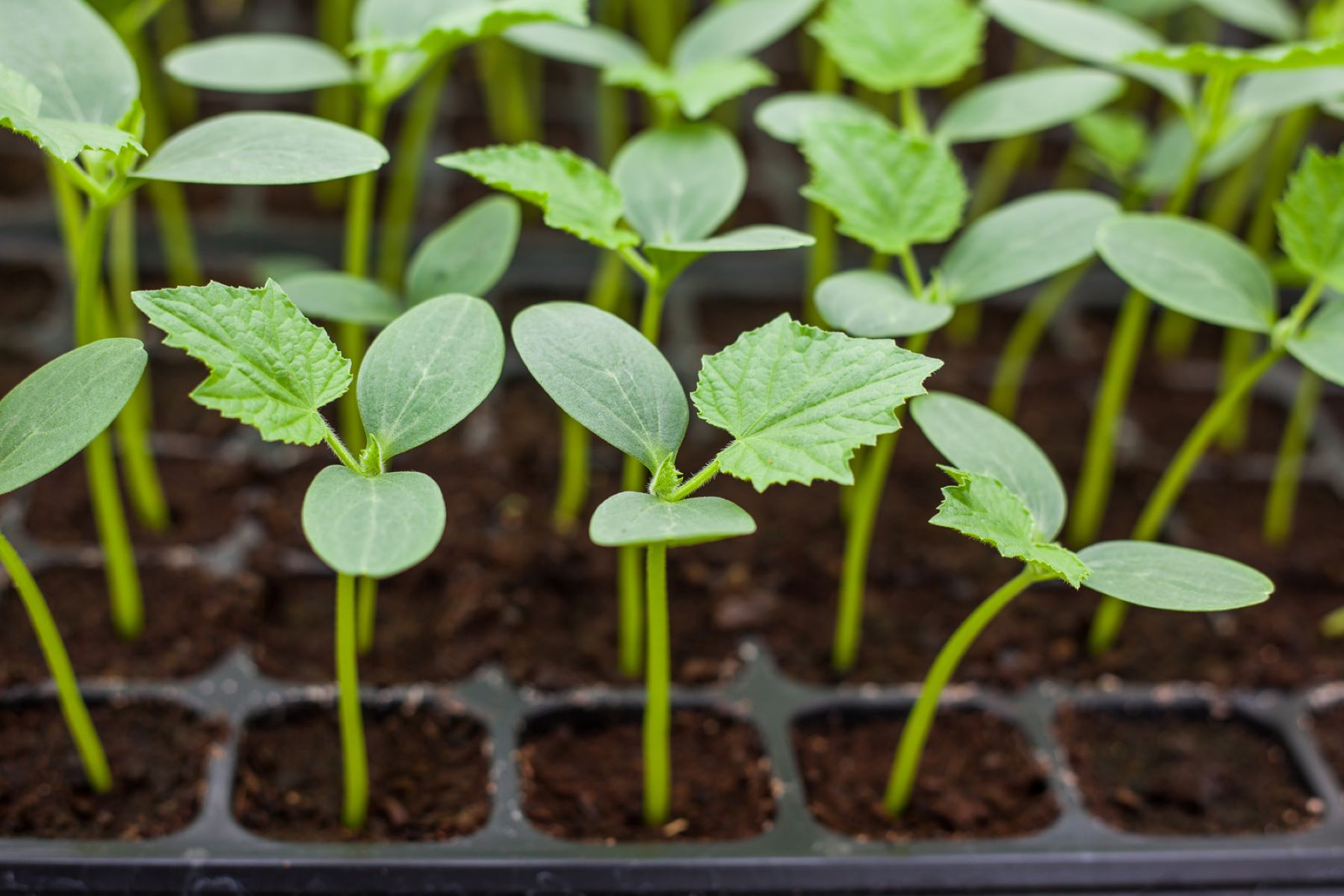
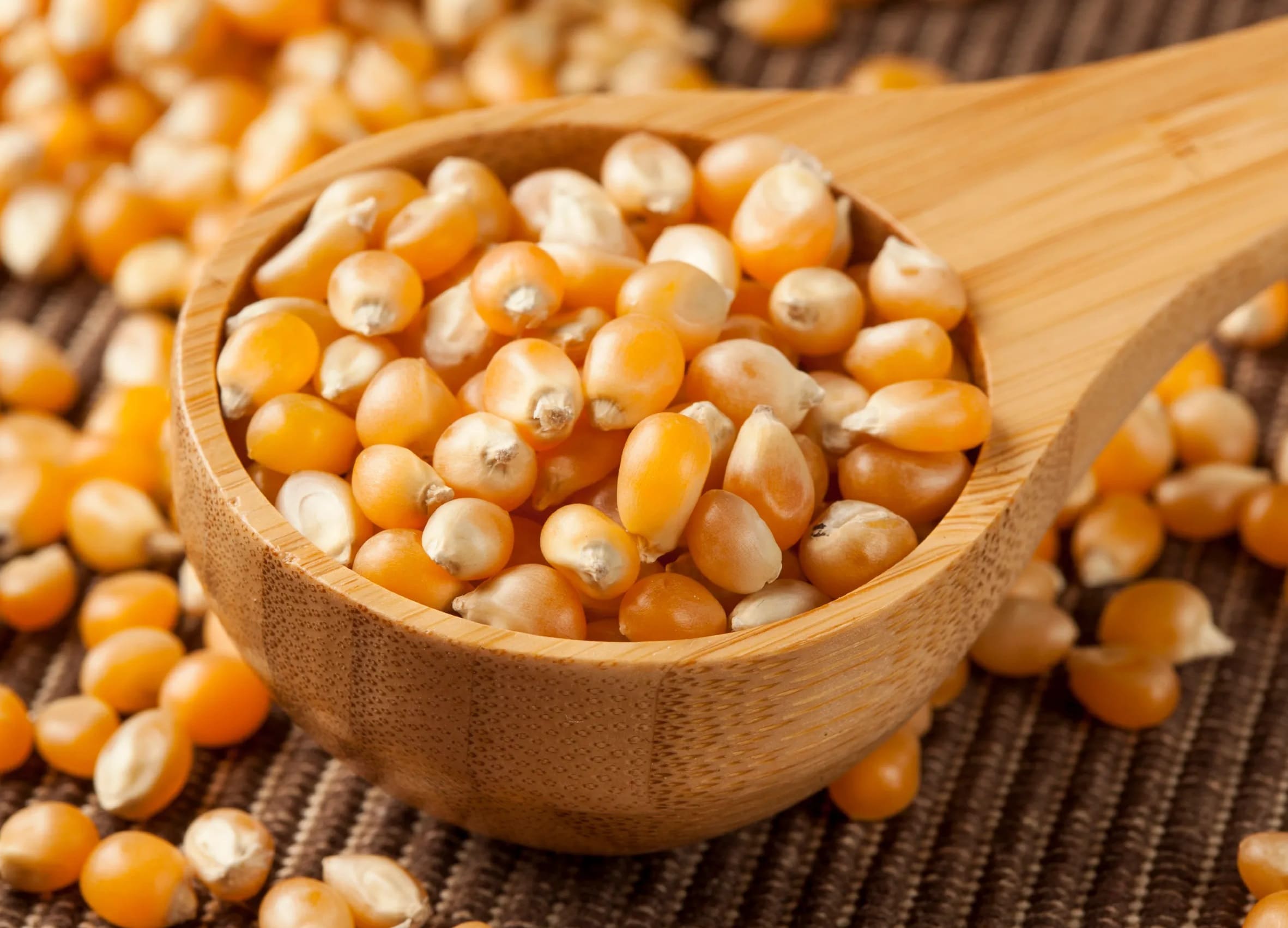
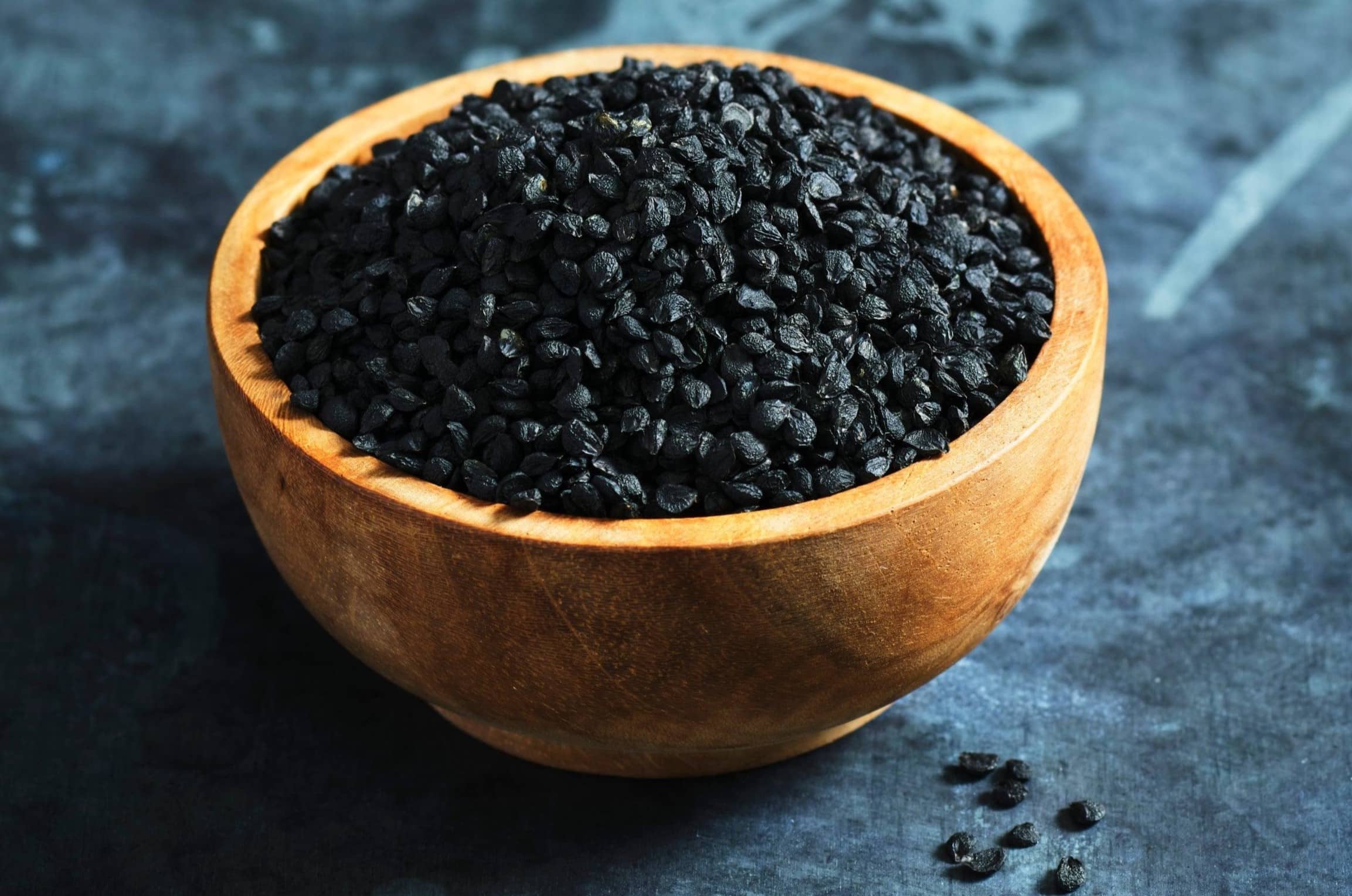
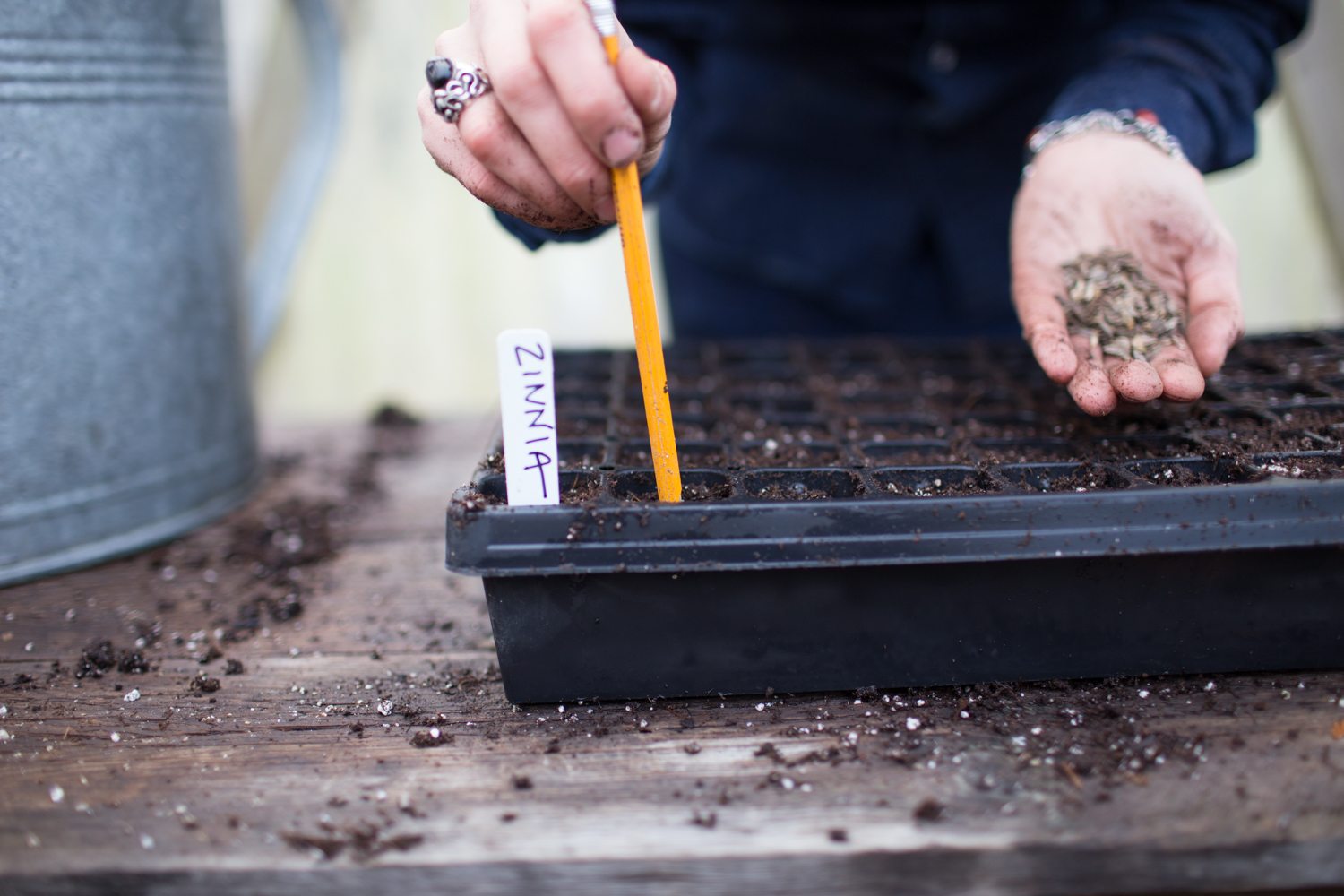
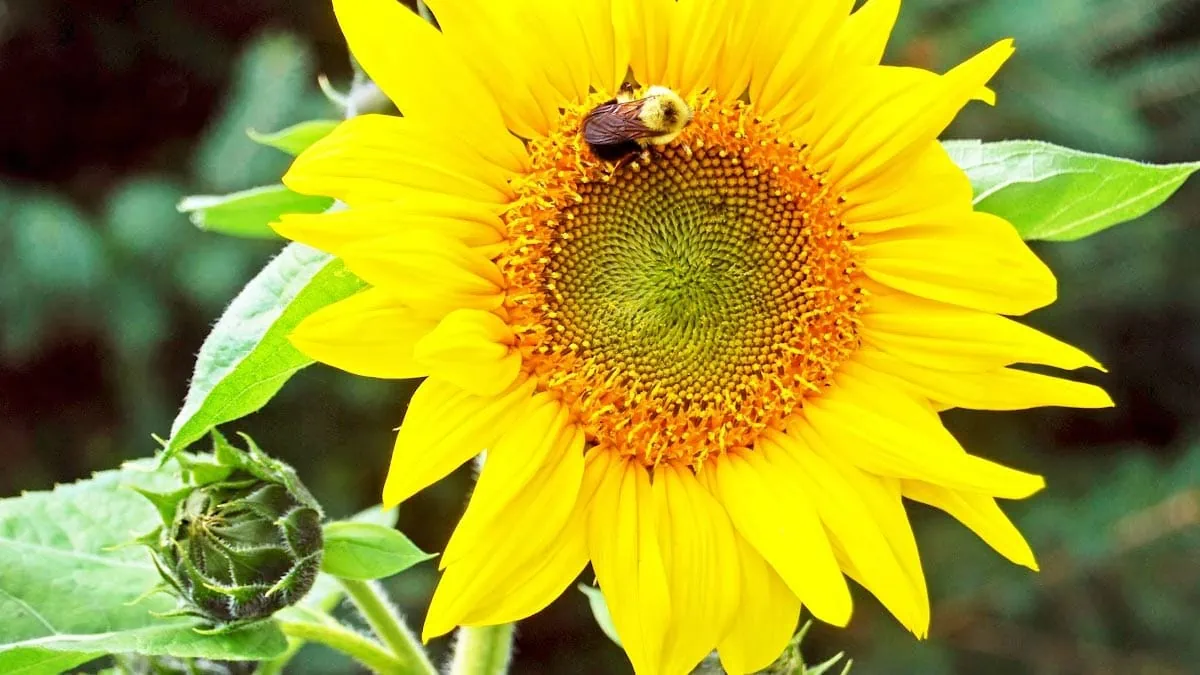
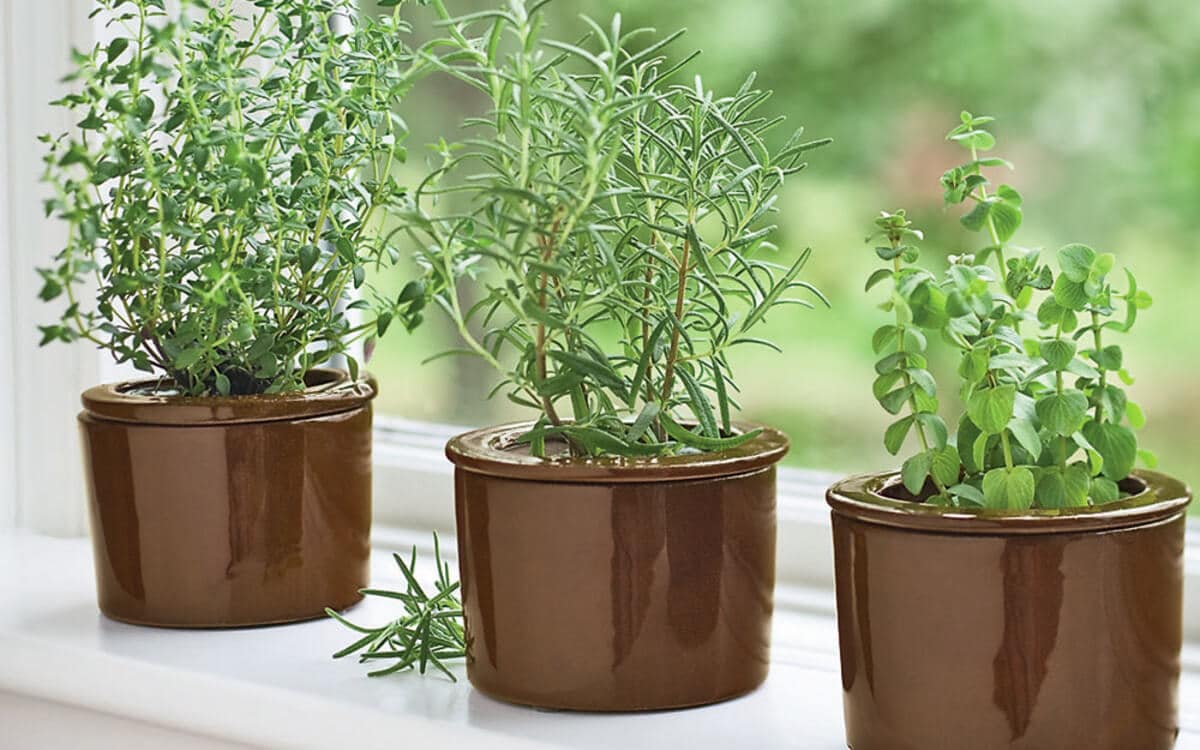
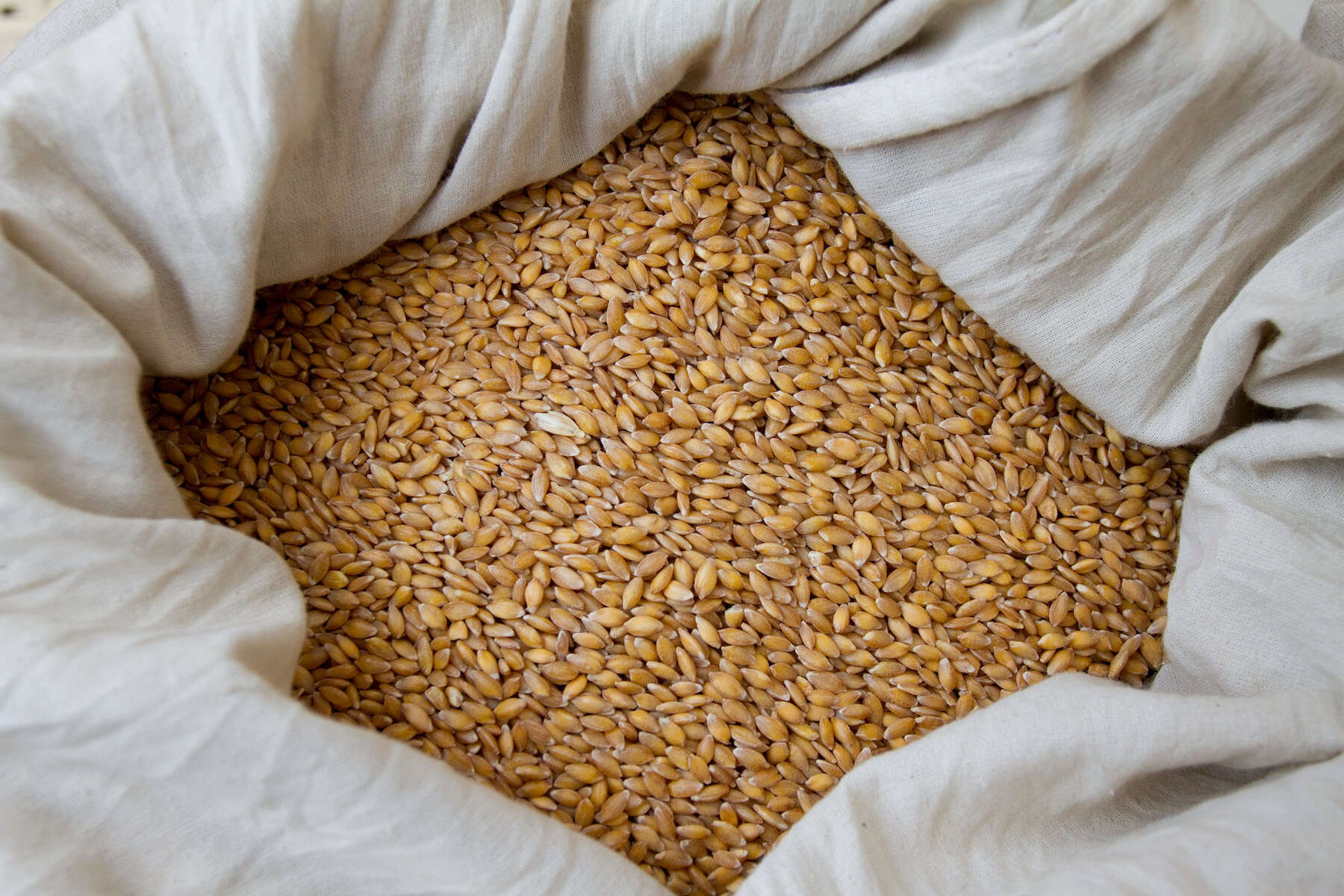
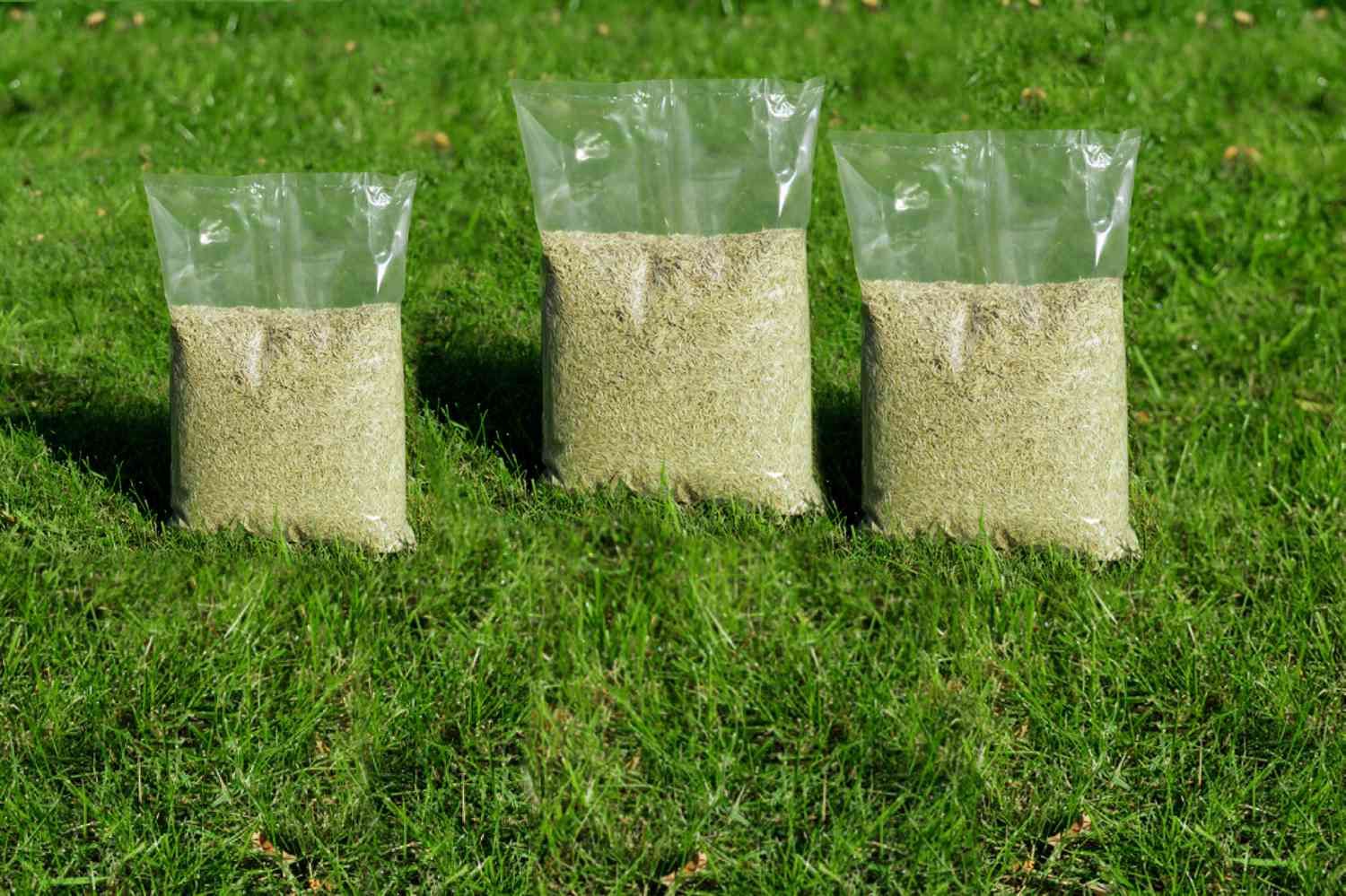
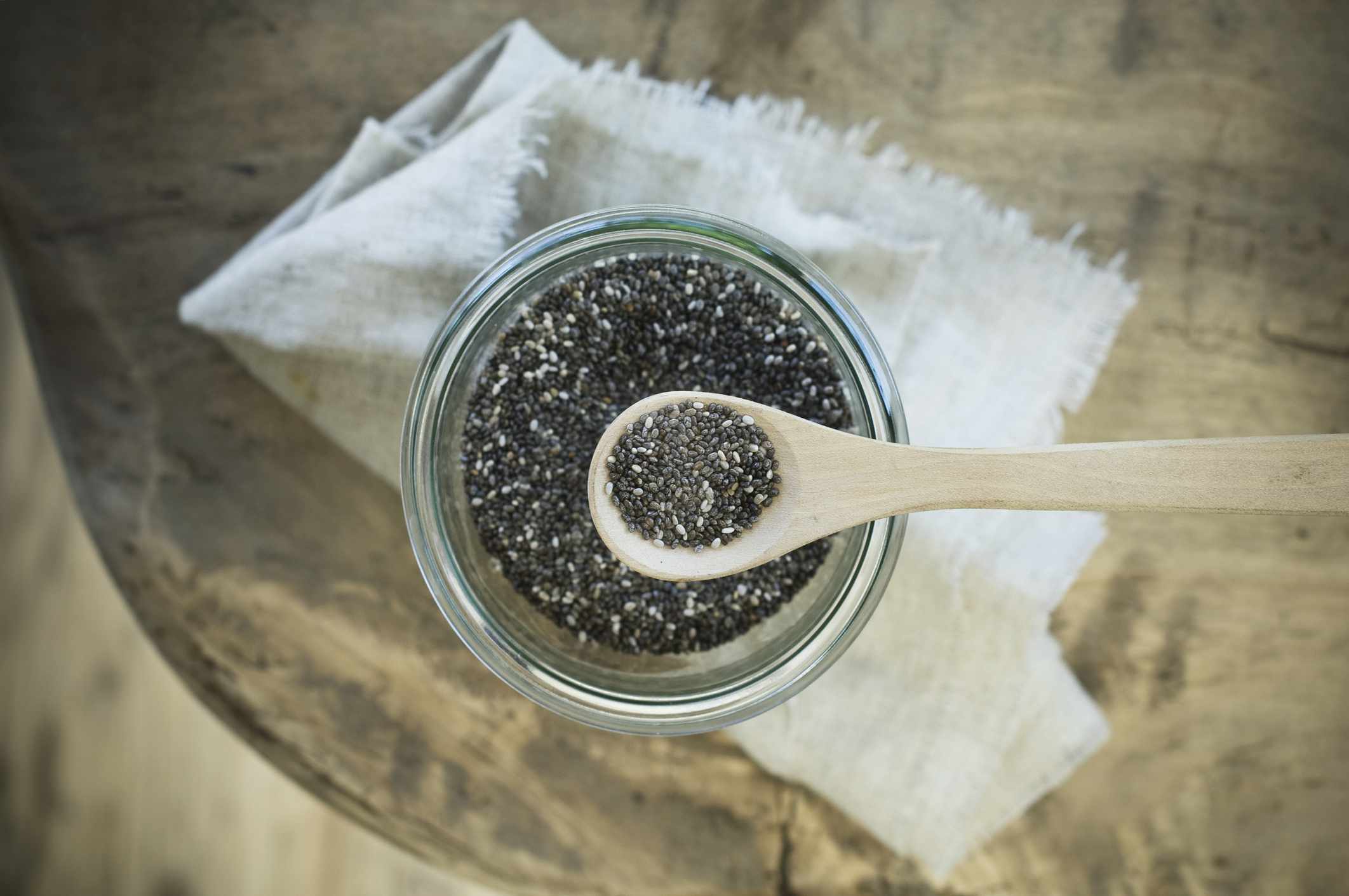
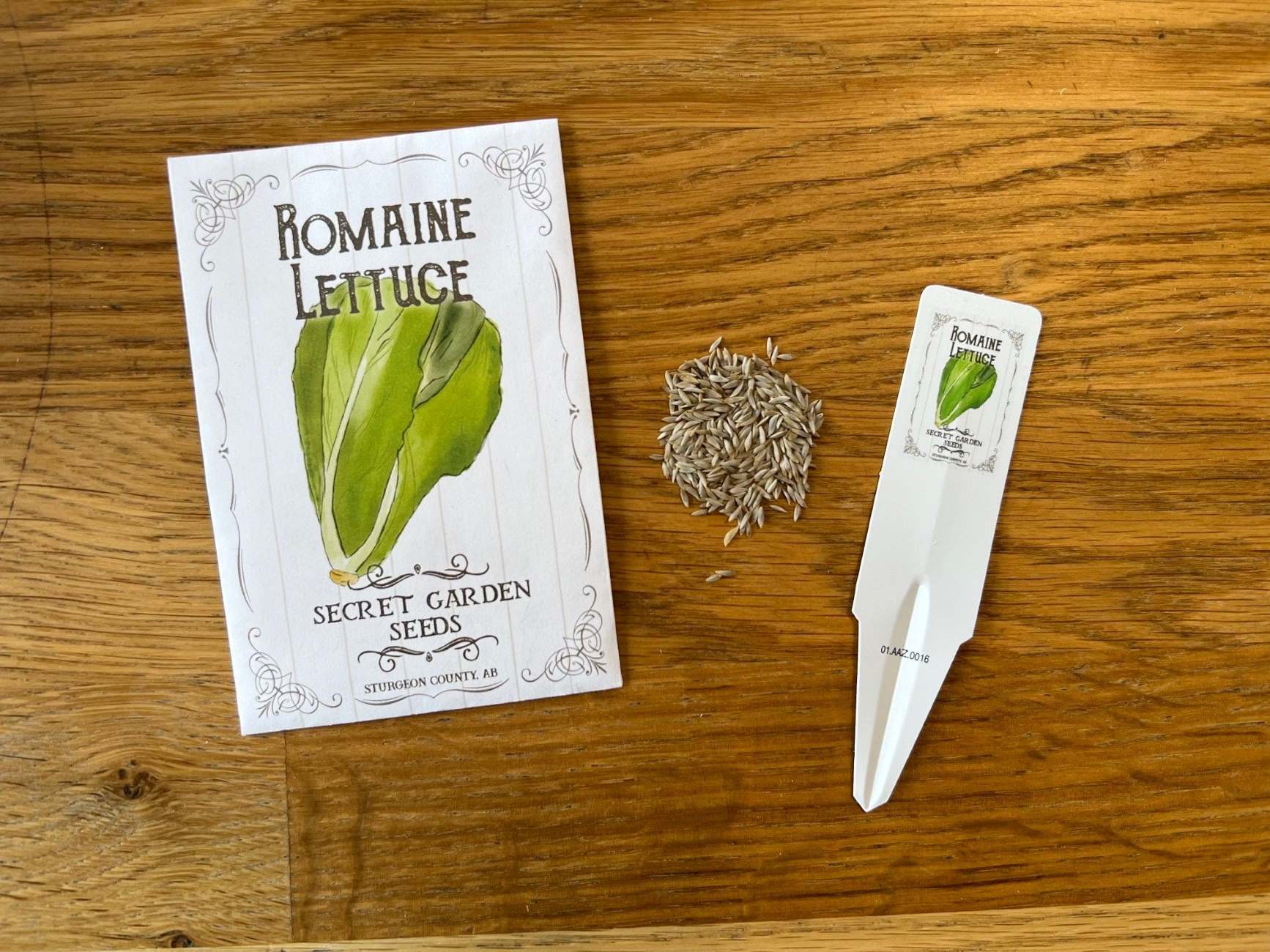
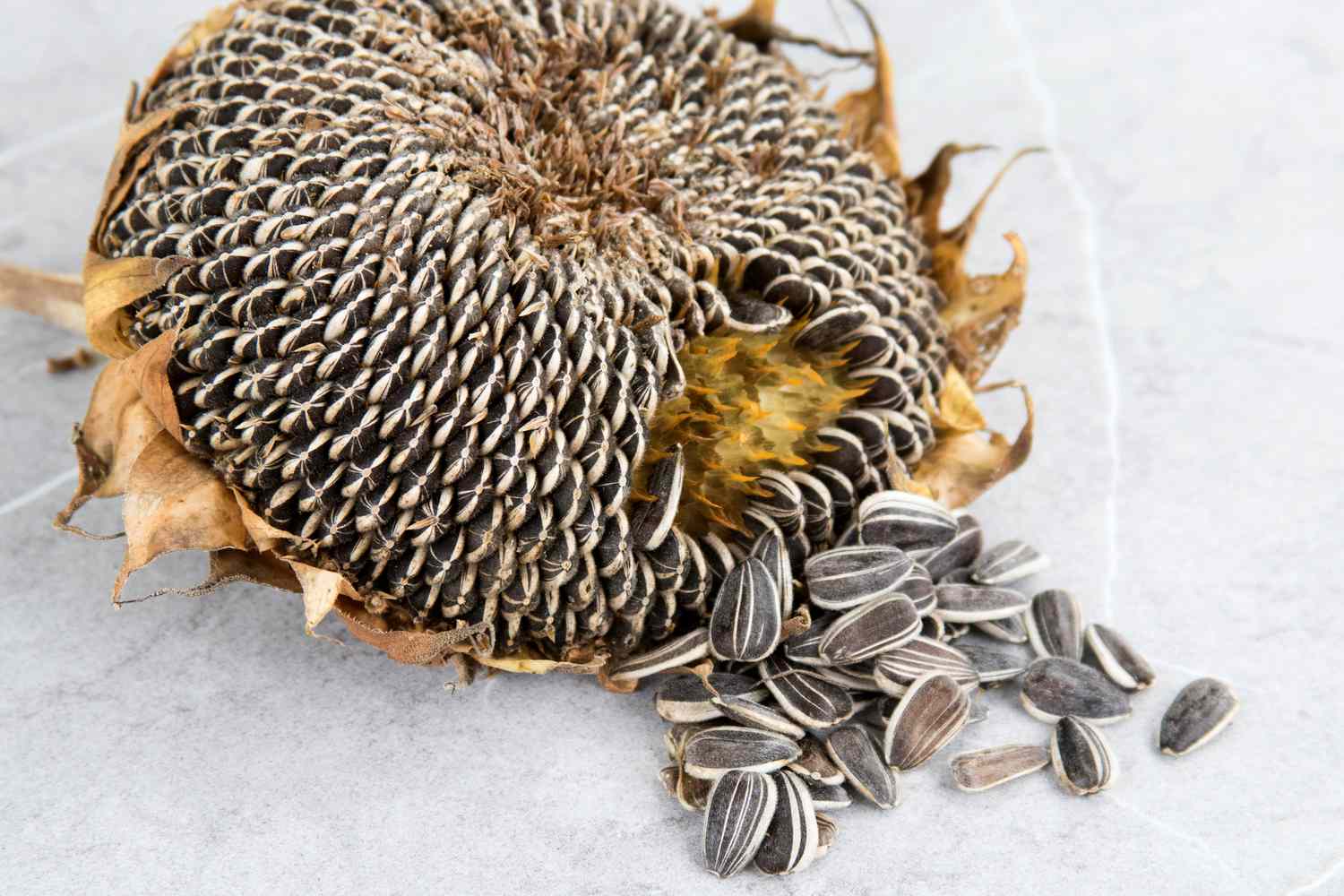

0 thoughts on “How Many Sunflower Seeds Per Plant”